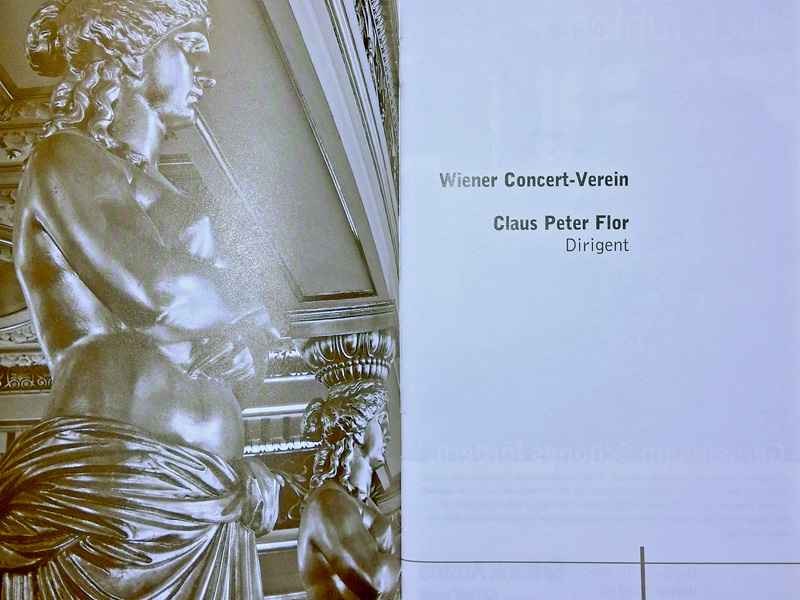Drinking Coffee —
A story with the little giraffe
The Irish word for whisky, uisce batha, means water of life. Since drink-driven composing would lead to strictly forbidden dissonances in the best case and in any other case to directly redirecting a musical draft to /dev/null, some endearing people have introduced us to drinking coffee in the occident just a few centuries ago.
One of the first odes to the very hot drink that became well known, dates back to the 1730s. It originally flowed out of J. S. Bach‘s quill, who then wrote a work for choir and orchestra called Schweigt stille, plaudert nicht (Be still, stop chattering), today widely known as Coffee Cantata. It is not delivered how many drinks it took him to accomplish finishing the piece, however we do know that he relied upon a text by Picander and that it was premiered in a coffeehouse, the former Zimmermann’sche Kaffeehaus in Leipzig. Picander, who obviously had little confidence in his civic name Christian Friedrich Henrici and who was just a few steps away from becoming Oberpostkommissar in 1734 wrote some of the texts Bach used in his cantatas. In an idle moment in 1732 this poet-clerk sat down on his desk to write verses like this one:
Du böses Kind, du loses Mädgen,
Ach! wenn erlang ich meinen Zweck,
Thu mir den Coffe weg.
Translated into English, it would not get any better:
You bad child, you wild girl!
Oh! If only I could have my way:
get rid of coffee!
However, if we have the jog trot–the person singing the lines is called Schlendrian–turned into music by Bach, these lines would not sound like being jotted down carelessly at all. On the contrary: it is as astonishing as funny, how a perfectionist such as Bach intoned the figure of the jog trot. Obviously, the following paragraph had to be transfigured into an aria sung by the choir:
Ey! wie schmeckt der Coffe süsse,
Lieblicher als tausend Küsse,
Milder als Muscaten-Wein.
Coffe, Coffe muß ich haben;
Und wenn iemand mich will laben,
Ach so schenckt mir Coffe ein.
Ah! how sweet coffee tastes!
Lovelier than a thousand kisses,
smoother than muscatel wine.
Coffee, I must have coffee,
and if anyone wants to give me a treat,
ah!, just give me some coffee!
In 1745 a less known coffee cantata by Nicolas Bernier was edited in Paris. In his work Le caffé for solo soprano, flute or violin and continuo, Bernier lauded the drink:
Agreable Caffé, quels climats inconnus
Ignorent les beaux feux que ta va peur inspire?
Ah! tu contes dans ton empire
Des lieux rebelles a Bachus
Other than that, Bernier seemed to be more into extolling higher planes as his other cantatas are in large part dedicated to figures such as Calysto, Cybelle, Aminte et Lucrine, Iris, Vénus and to the portrait of the Greek muse Urania.
I was also looking for pieces that were written within the recent decades and which feature the black beverage prominently. Certainly there are some dozens of composers who have written exactly such a desired piece, but how could we find these treasures? Sometimes it is a good start to rummage through the mica database. This is what I did and the most promising result I got was a piece called Radiocafekaffeemaschine by Max Nagl. I’m gonna listen to that one, if I can dig it up somewhere. Maybe it refers to a percolator that was taped at the café next to the Viennese Funkhaus as the piece is described as an experimental audio feed in the database. Who knows? We will not start reading coffee drags, will we?
